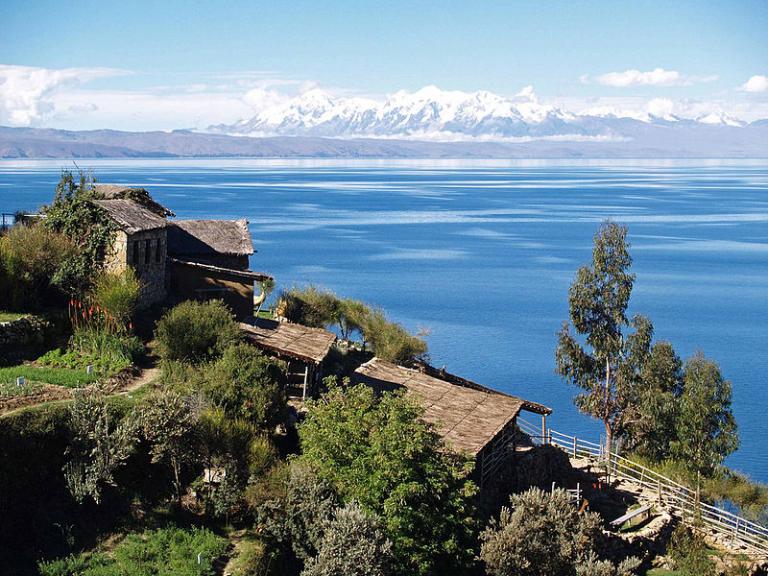
For reasons that will shortly be obvious, I’m amassing a few notes for myself about various Peruvian subjects. I make no claim whatever to any scholarly originality; they’re entirely derivative from online sources. But I thought that I would share what I’ve learned:
The simple and familiar potato has a fascinating history.
It seems to have been initially domesticated somewhere in the area of modern southern Peru and the very far northwest of Bolivia—in other words, in the vicinity of Lake Titicaca—between 8000 BC and 5000 BC. However, for pretty obvious reasons, potatoes are difficult to trace archaeologically, so the earliest verifiable evidence of the potato known thus far comes from the central Peruvian coast, in the Ancón district of northern Lima Province. That evidence dates to approximately 2500 BC.
In the Peruvian and Bolivian “Altiplano,” the “High Plain” or “High Tableland,” potatoes served as the principal source of edible energy for the predecessors of the Inca and then, starting in the thirteenth century, for the Inca civilization itself. They ate them mashed, boiled, baked, and stewed. (Curiously, the shape of the potato also seems to have influenced ancient ceramic pottery design.)
When the Spanish conquered the Inca Empire in the sixteenth century, they readily saw the advantages of the potato and adopted it for their own use—first in the Andean region itself and then introducing it to Europe. It arrived in Spain in approximately 1570 and in the British Isles around 1590. (This was a small but not insignificant part of what is sometimes called the “Columbian exchange” or “Columbian interchange,” the world-altering transfer of plants, animals, culture, human populations, technology, diseases, and ideas between the Americas, West Africa, and the Old World that occurred in the fifteenth and sixteenth centuries.)
At first, European farmers weren’t especially eager to cultivate potatoes, but—owing to its low rate of spoilage, its hunger-satisfying bulk, and its cheapness—it eventually became a major staple crop, displacing turnips and rutabaga. Conservative estimates are said to credit its arrival for approximately 25% of Old World population growth and urbanization between 1700 and 1900.
However, such heavy dependence on the potato carried considerable risk. While thousands of potato varieties existed (and still exist) in the Andes, where a single family alone might raise several dozen of them, very few varieties were brought to Europe, leading to a striking lack of genetic diversity that, in turn, left the European potato crop highly vulnerable to disease.
And, unfortunately, disease came. In 1845, a plant malady called “late blight” began its catastrophically rapid march through poor areas of western Ireland as well as certain parts of the Scottish highlands. The “Great Famine” or the “Irish Potato Famine,” as it is often called, killed about a million people—the most devastating loss of life in nineteenth-century European history—and led another million or perhaps even two million to emigrate (mostly, it seems, to the New World). As a result, the population of Ireland dropped by between 20% and 25%. And that population decline continued in Ireland over the next century.
Another impact: The most severely affected areas were the west and south of Ireland, the principal regions where Irish Gaelic was still spoken. That language had already been fading in the east of the country, owing to the rise or imposition (for various reasons) of English. Now it was weakened yet again.










